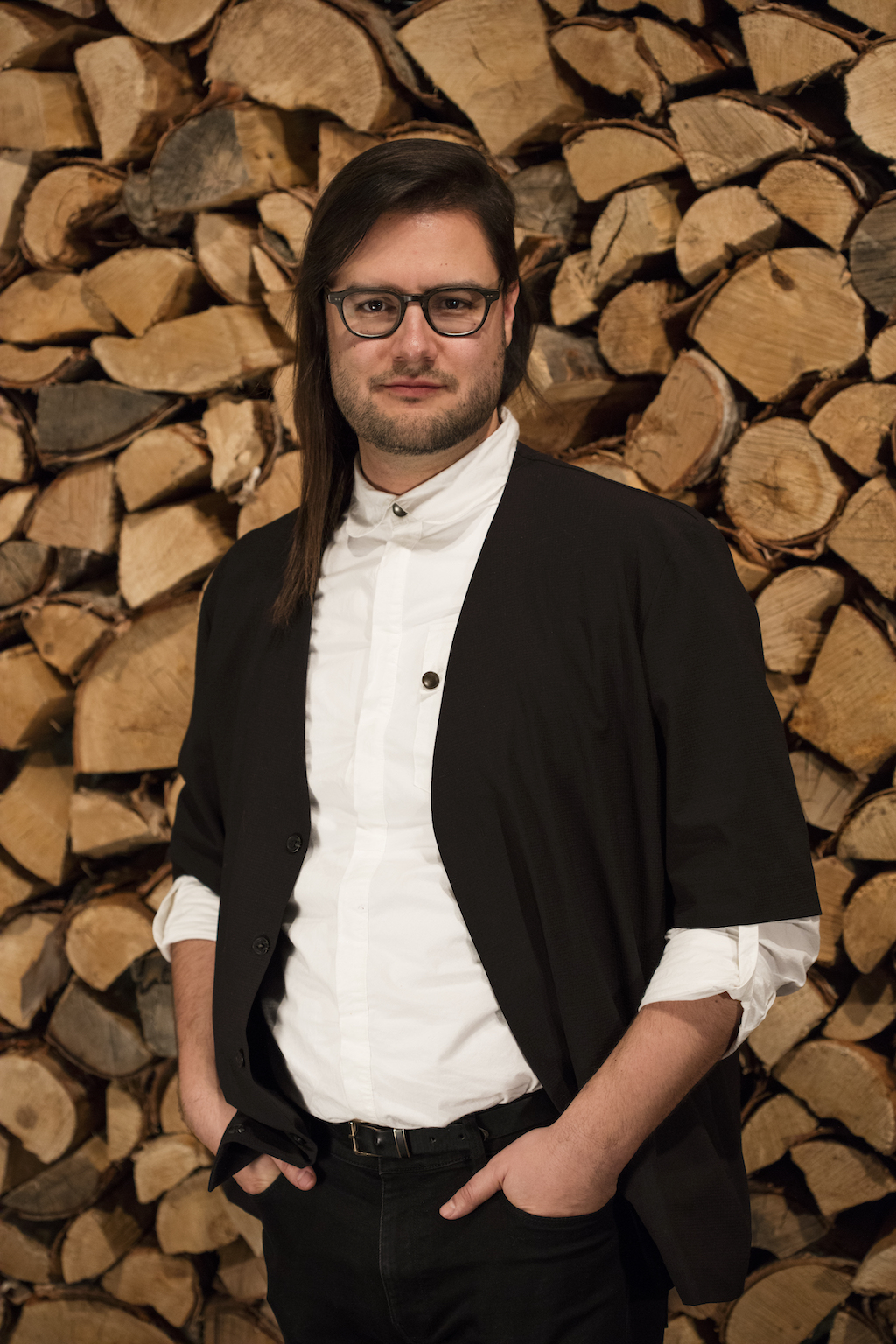[ad_1]

Hampton.
KEVIN BERTRAM
John Hampton, an artist, researcher, and educator, will join the MacKenzie Art Gallery in Regina, Saskatchewan, Canada as director of programs, a new position at the institution, on October 1. He currently serves as the executive director of the Art Gallery of Southwestern Manitoba in Brandon and adjunct curator of the Art Museum at the University of Toronto.
Hampton is also an executive member of the board for the Aboriginal Curatorial Collective. Some of his research has focused on Indigenous epistemologies, gender and sexuality, and critical race theory, and his artistic practice involves experimentation with video, sound, and digital media.
As director of programs, Hampton will lead the gallery’s curatorial and education departments. He will also work toward strengthening visitor experience at the MacKenzie Art Gallery.
“The MAG has one of the strongest histories of working with Indigenous artists, curators, and communities out of any non-Indigenous public gallery in the world,” Hampton said in a statement. “I’m excited to contribute to that legacy and think through how our institutions need to evolve and change in dialogue with the people they are meant to serve. This land has an incredibly rich and deep art history and I’m excited to animate that history in relation to the many communities and cultures that call this place home, including the vibrant and diverse South Asian, Black, Euro-Canadian, and queer communities.”
Anthony Kiendl, executive director of the MacKenzie Art Gallery, added, “As an artist, as well as an administrator, John is very attuned to the changing role of art museums in the 21st century, from the content we present to the approaches we take in engaging and educating audiences. Moreover, we are thrilled that he will be able to build upon deep community connections that come from his time growing up, studying and previously working in Regina.”
The MacKenzie Art Gallery specializes in modern and contemporary Canadian art, particularly work by First Nations artists. It was the first public art gallery to open in the Saskatchewan province, and it has a collection of more than 4,000 objects.
[ad_2]
Source link

